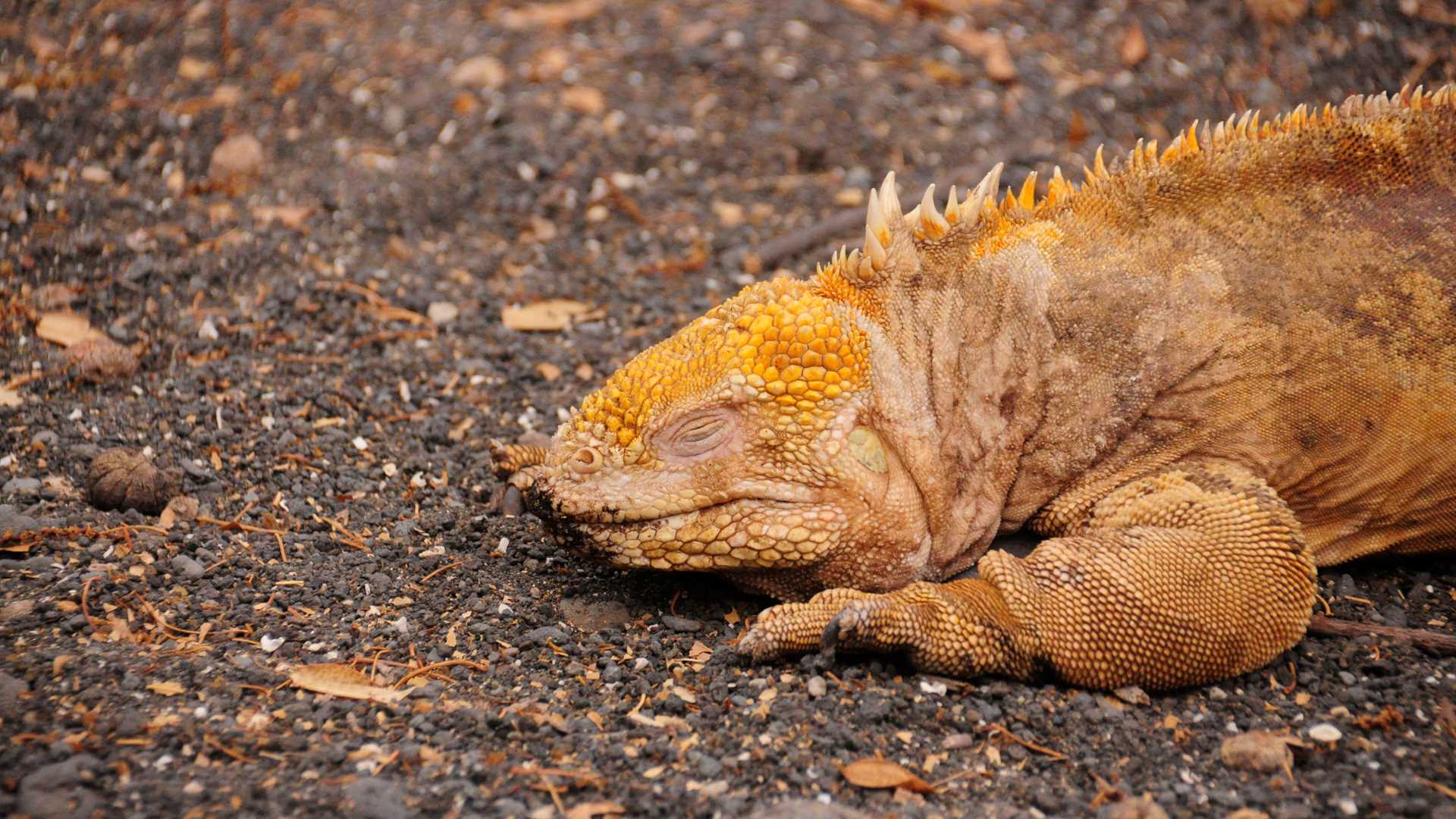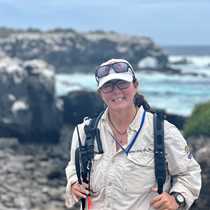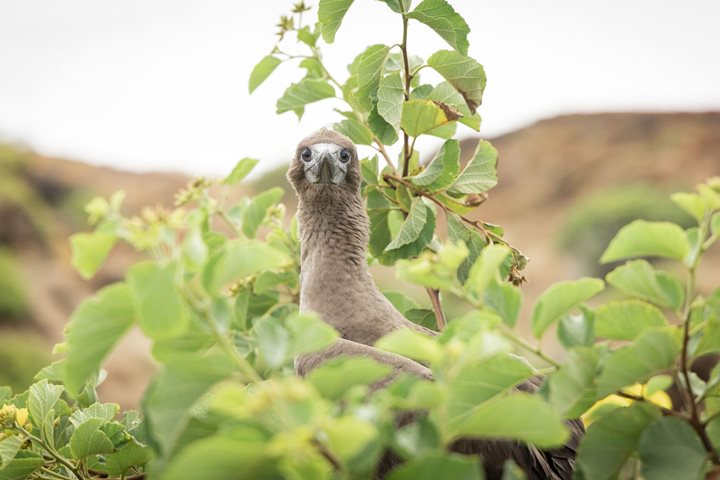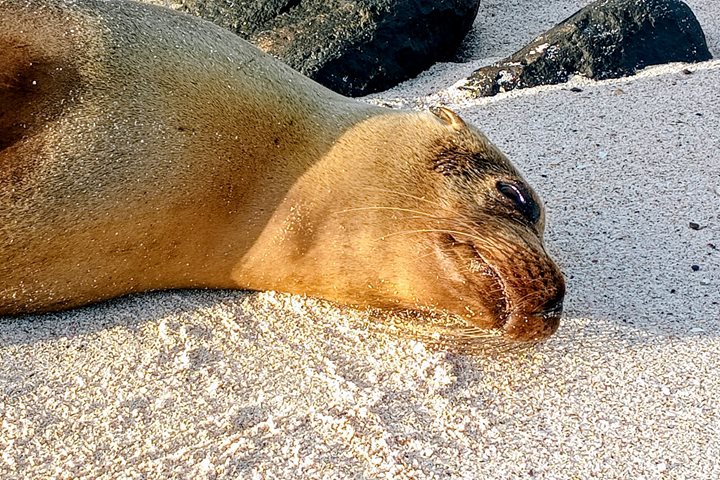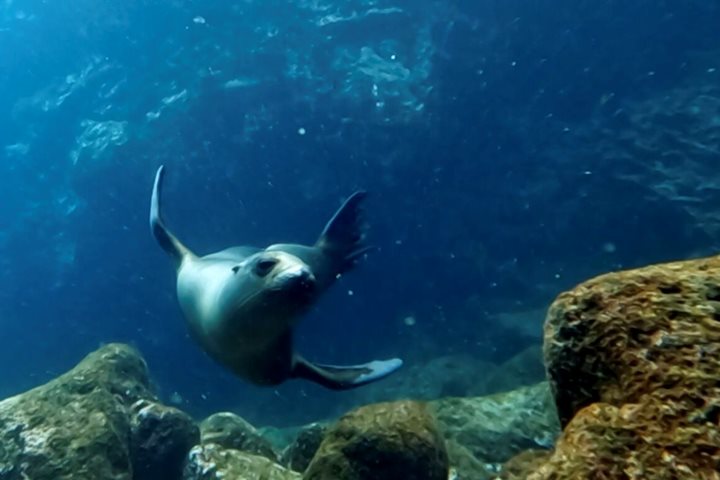This morning, National Geographic Islander anchored in Urbina Bay at the foot of Alcedo Volcano on the west coast of Isabela Island. After a wet landing, we took a trail inland to see Galapagos land iguanas and giant tortoises. We spotted quite a variety of endemic land birds, among them finches and mockingbirds. We also had the opportunity to see the coral reef exposed due to the uplifting of this area in 1854. After the hike, we went to the beach to enjoy the refreshing waters found west of the archipelago.
In the afternoon, we enjoyed kayaking and paddleboarding in Tagus Cove. Very calm conditions allowed us to get close to the wildlife. We also went snorkeling. The water was mostly clear and full of activity. The main attractions were the reefs, sea turtles and schools of different species of fish.
After this, we went for a hike to see Darwin’s Lake and the beautiful landscape of the north profile of Isabela Island. Some of us went for a Zodiac ride along the coast and spotted many Galapagos penguins and flightless cormorants. The various geological features were amazing.

